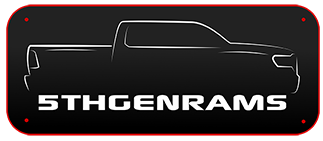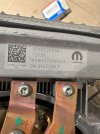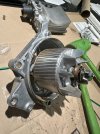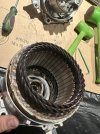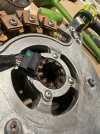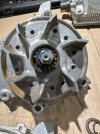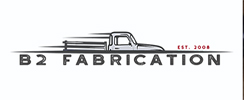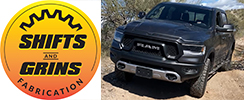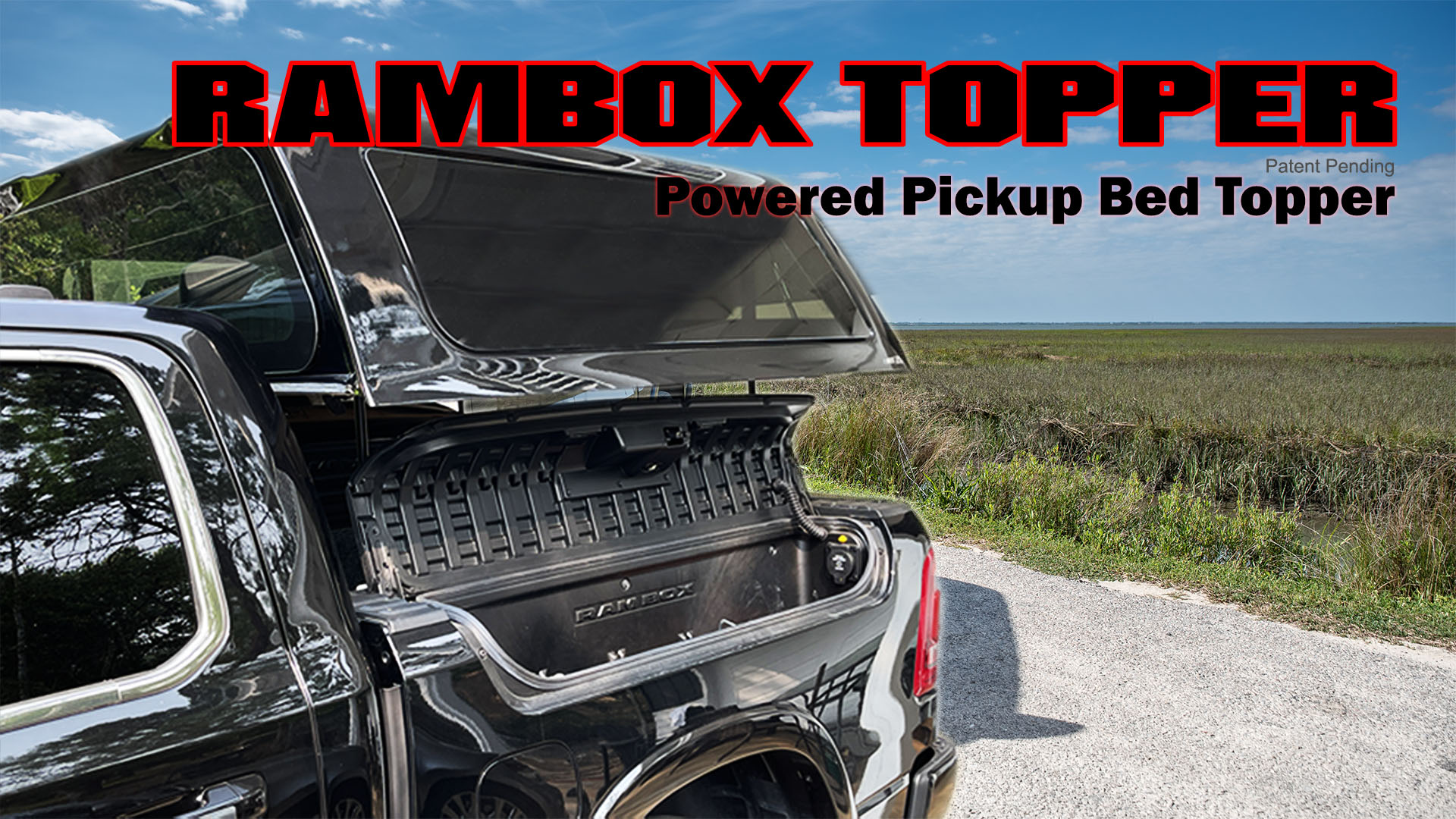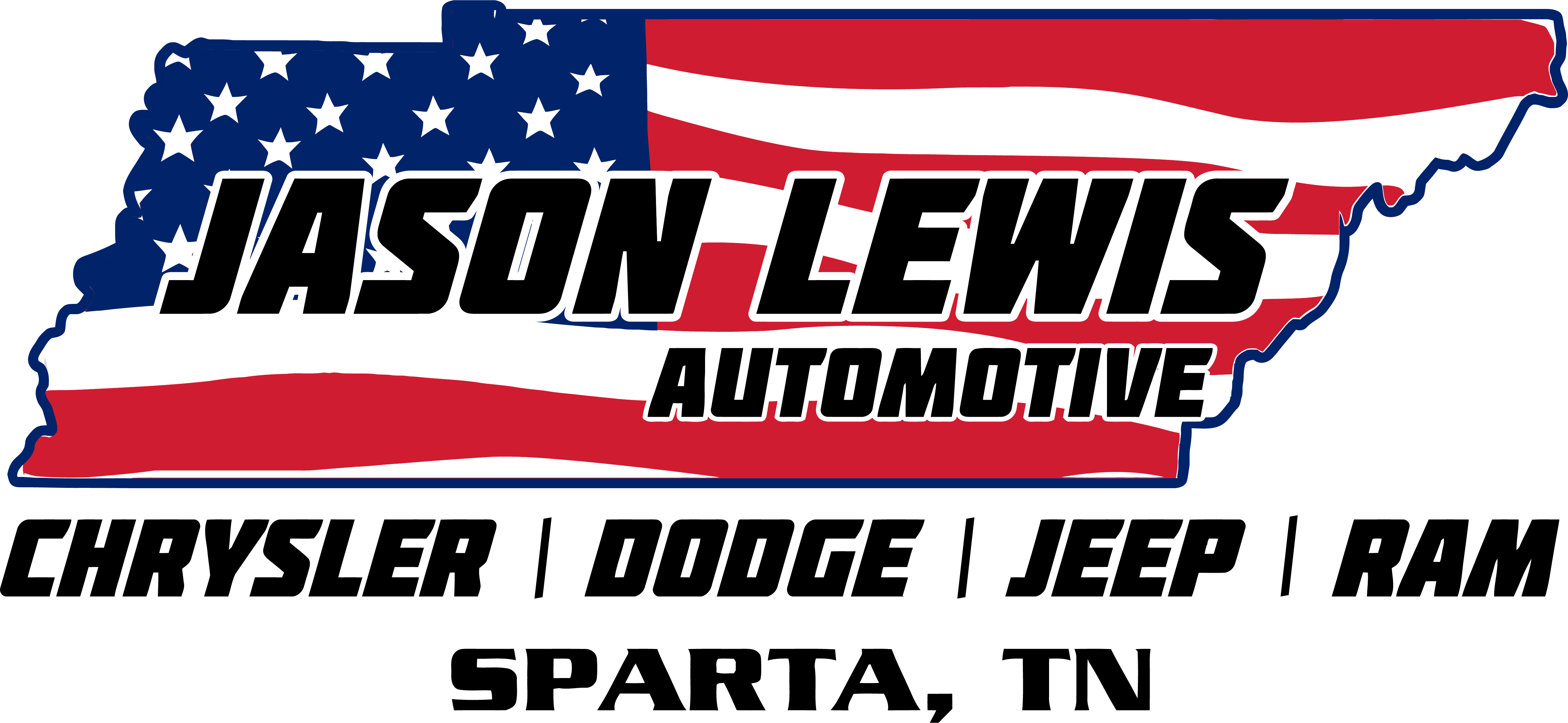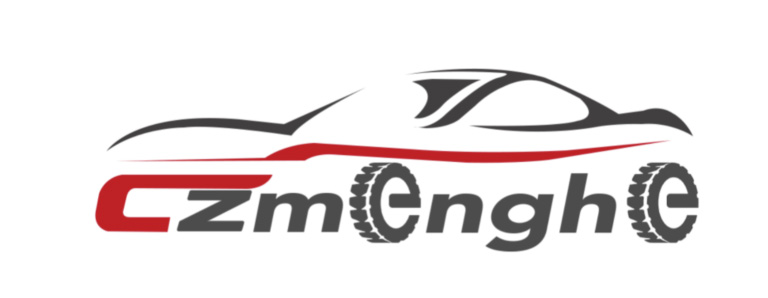UpNorthEngineer
Member
- Joined
- Feb 3, 2025
- Messages
- 13
- Reaction score
- 133
- Points
- 28
- Age
- 38
Like many others with the 5.7 eTorque mine started making a grinding noise. At first it sounded like an old power steering pump without fluid. Then, it progressed into a horrible bad bearing sound. All the while the dealer told me the part was backordered and that I should keep driving it (my truck is under warranty with about 25000 miles on it). Eventually the noise got so bad I told the dealer I couldn't drive it any longer as I was worried about causing other damage or short circuiting and starting a fire. Again, they nor Ram offered any solution so I took matters into my own hands. In the next few posts I will try to spell out how to remove and rebuild the eTorque unit (provided yours failed the same as mine). My truck is a '21. I have no idea if they are all the same. I also have no idea if my repair procedure will cause other damage of any other kind. The risk to attempt repair is yours. This probably voids warranty. My repair was successful and my truck runs fine with no abnormal noises. I apologize ahead of time as the following posts will likely be long. I will try to get them typed up and posted tonight or tomorrow. I joined the forum to hopefully help others that are stuck in the same crappy situation.
